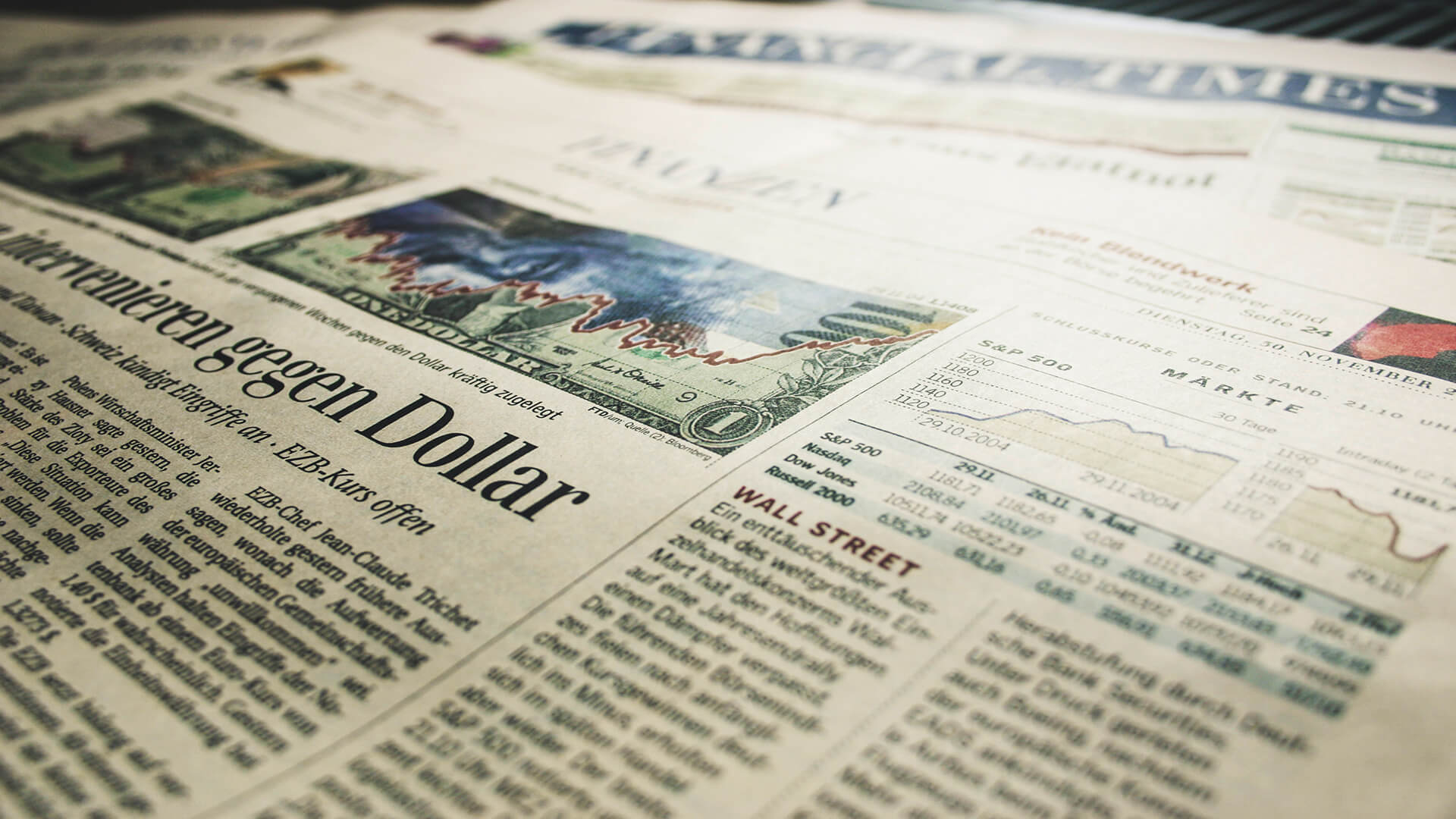|
| For a Better Tunghai |

Signaling Noise
信號噪音
by Charles Cheng, CFA
Imagine that someone offers you $1,000 USD for one of the face masks that you have no doubt stockpiled in your home. Let’s say you that you have over 1,000 of these masks. Would this then make you an overnight millionaire?
想像一下,如果有人願意出價$1,000美金向你購買一片口罩,而你家中存有1000片這樣的口罩,是不是就代表你一夜之間成為百萬富翁?
Unless people are willing to pay the same price for each and every mask, of course not. But this is the way the media often talks about the market capitalization of stocks or the stock market, frequently reporting things like “several billions of value wiped out” or a rich founder of a company losing “a billion dollars in one day”. Electric truck company Nikola went from a five-billion-dollar market cap at the end of April to over 30 billion in early June before collapsing again amid accusations of fraud, on an average trading volume in the millions, which makes this kind of analysis seem completely non-sensical. It makes a little more sense to look at it as people deciding to pay 13 dollars for some shares on one day and close to 80 dollars on another day.
除非人們願意為(庫存中)的每一片口罩付出相同的價格,否則你就不會成為百萬富翁。 但這是媒體經常談論股票或股票市場市值的方式,經常報導諸如 “數十億美元的價值流失” 或一家公司的富有創始人在一天之內損失 “十億美元” 的事情。 電動卡車公司Nikola的市值從4月底的50億美元升至6月初的300億美元,隨後因欺詐指控而再次崩盤,平均交易量為數百萬,從而這使得上述的分析法顯得十分荒謬。 如果人們決定在某一天以13美元的價格購買某些股票而在另一天又以近80美元的價格購買股票時,上述說法才會看起來有一點點意義。
Source- Google Finance: NKLA
來源:谷歌金融NKLA
Sometimes big price movements reflect a real change in a company’s prospects but often times it’s just noise. Traders can be bidding up a stock simply because it suddenly ran up 20% and they are afraid of missing the next 20% even if they don’t know or believe in the underlying story. Algorithmic trading, which could be using price movements as a signal for improving company prospects, may provide further support, which would fuel more momentum traders.
有時價格的大幅波動反映了公司前景的真正變化,但通常情況下那只是一些噪音。 交易者可能只是因為一支股票突然上漲了20%而開始競標這支股票,即使他們不瞭解或不相信該股票真正的故事,他們也害怕錯過下一個20%漲幅。 演算法交易可能採用價格變動作為公司前景改善的信號,並為股價上漲提供進一步的支援,而這將推動更多的動量交易者進場。
So how do you know when a movement is real and when it is noise? Actually, you can’t, at least not by just looking the price. A common trap in investing is to think of prices as either confirming or denying your pre-conceived ideas. If you had a thesis regarding a company whose stock you own increasing its market share due to the quality of its upcoming product roadmap, and the price ran up, it is tempting to think that you were right about it.
那麼,怎麼判斷哪些價格浮動是真實的,哪些是噪音呢? 實際上,你無法判斷。 至少不能僅通過查看價格來判斷。 投資中常見的陷阱是讓股價的變化來肯定或否定您先前確信的想法。 如果您有關於某家公司的論點,而該公司的股票由於即將推出的產品路線圖的質量而增加了其市場份額,這時股價上漲了,那麼你就很容易會以為你的觀點是對的。
But the reality is that it’s possible that it went up for a different reason and the real answer wouldn’t be known until a few months later. Instead, it’s better to treat the price movement as a sign to try to find out through research if anything has fundamentally changed for the better or worse for the company. That is, real world happenings rather than market events are the ones that support investment strategies in a sustainable way, and that is what you should be focusing on.
但現實是,價格上漲可能是由於其他因素,而真正的答案要等到幾個月後才能知道。 取而代之的是,最好將價格變動視為一種跡象,來試圖通過研究找出對公司的好壞有根本性改變的事物。 也就是說,現實世界中發生的事件,而不是市場事件,才能可持續地支撐投資策略。 這就是作為投資者應該關注的重點。
Mr. Cheng is a managing partner at a Hong Kong based independent private investment office. This article reflects his personal views and not his firm’s and should not be viewed as an investment recommendation.
鄭先生為可承資本,一家總部設於香港的獨立投資辦公室之董事合夥人。 這篇文章反映了他的個人而非公司觀點。 該文章不應被視為投資建議。
● 讀後留言使用指南
近期迴響